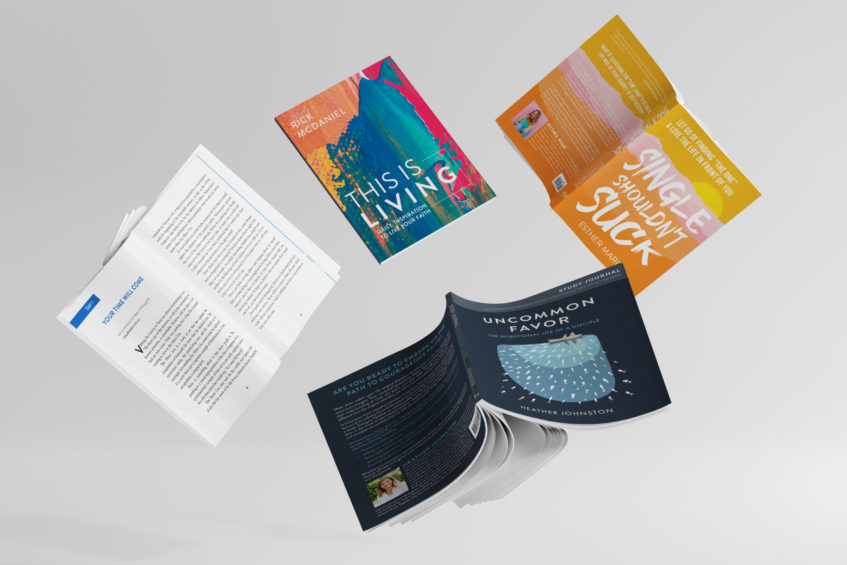A nonfiction editor’s goal is to unearth and center the heart of your message and remove anything that distracts from it. They want to help you clarify your ideas and make sure the expression of your thoughts will connect with readers.
Editors, contrary to popular belief, are not out to get you for incorrect comma usage.
Editing is immeasurably important in the publishing process, and every manuscript goes through several rounds to ensure its message is clear and its commas are in the right place (I never said we didn’t care about that). Below I’ll break down the 2 broad categories of editing and the 5 different types that fit within those categories.
Content Editing — Content editing focuses on the big picture, suggesting conceptual and structural changes to the manuscript. There are 3 different types of content editing when it comes to nonfiction books:
1. Developmental Editing
During a developmental edit, the editor will help the author with the overall structure of the manuscript, major themes, and developing a really solid concept. They will sometimes add content to help elaborate on certain ideas and take liberties to delete content that isn’t furthering the message.
2. Substantive Editing
In the substantive edit, the editor makes heavy revisions to improve the clarity of message, concept, voice, themes, organization, and ideas. A substantive edit will focus more on subtracting content and less on adding in content, differentiating the sub edit from a developmental edit.
3. Line Editing
In a line edit, the editor focuses on making improvements to tone, word choice, and sentence structure, ensuring that transitions are smooth. In this round, the editor looks at the manuscript line-by-line and make changes to improve the flow of the book.
Copy Editing — Copy editing focuses on the technical and micro-level edits to a manuscript, correcting any issues with flow, grammar, spelling, word usage, and punctuation. Copy edits typically involve utilizing industry style guides. There are 2 types of copy editing:
4. Copyediting
In the copyediting round, editors will evaluate the manuscript from a more technical perspective, ensuring that it is grammatically correct and ready for publication. In this round, the editor will correct all grammatical errors and inconsistencies and make sure it is aligned with The Chicago Manual of Style, which is the style guide used in book publishing for stylistic consistency.
5. Proofreading
In the final round of edits, an editor will review your manuscript and correct minor errors in formatting, spelling, punctuation, and grammar. Up until this point, all edits happen within a Microsoft Word document, but proofreading happens after the book’s interior has been typeset, so that the proofreader can correct formatting issues that the typesetter overlooked before the book goes to print.
Not every type of editing is needed for all manuscripts, but to publish a high-quality book, your manuscript should receive at least one type of content editing and one type of copy editing. Oftentimes the types of editing are not cut and dry; they bleed into each other. For instance, a substantive editor might do some developmental editing and will do some line editing and a copyeditor might make some line edits as well as make structural suggestions.
With our Fedd Books authors, we assess at the beginning what level of editing will be required for an author’s manuscript, and we work with them to build a publishing plan that is best suited for the success of their book. Oftentimes this will include a substantive edit, a combined copy and line edit, and a proofread.
If you would like an assessment of your manuscript to know what types of editing we recommend, reach out to us! We’d love to help you build a customized publishing plan so you can put your best book forward.





